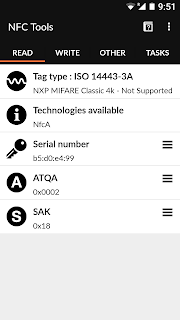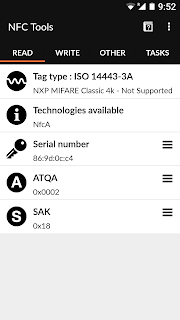GNURoot is an android app which helps you to run a terminal emulator of some select distributions on android on an android phone without rooting it.
How to?
How to?
- Download the GNURoot app from the play store.
- Open the app and select Create New Rootfs.

- Now download and install the other part of the app, I am installing wheezy which is a form of debian.

- Now launch the by selecting the Launch Rootfs (make sure the checked box is checked).


Now if you only need only debian you can try the other trick.
- Download the GNURoot debian form the play store.
- Click on install/reinstall to install the distro.

- Now hit launch to start the terminal emulator.

- And you are done.

Note:-
This is better than debian noroot as it is more convenient to type commands but lacks a GUI interface of the distro.














































